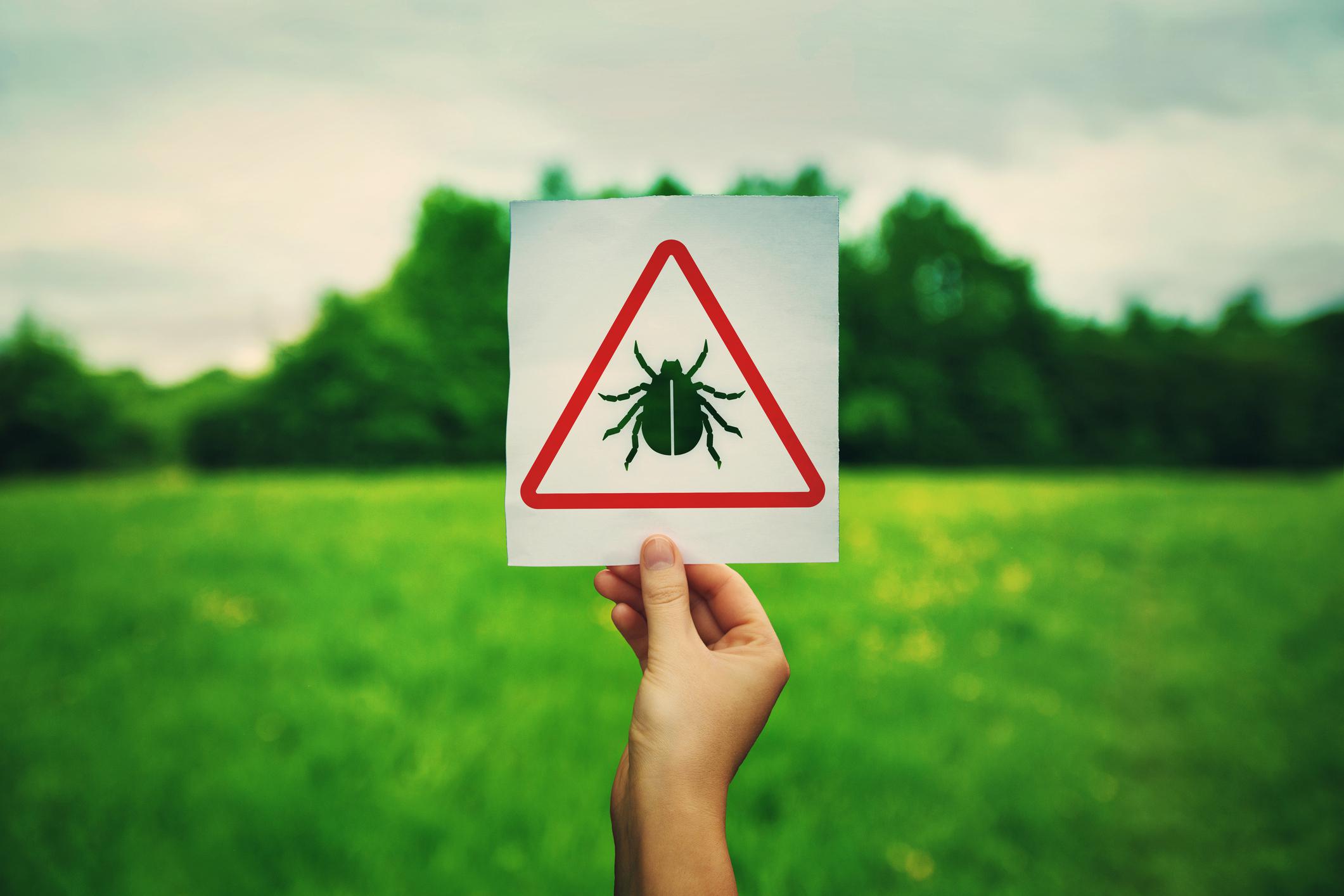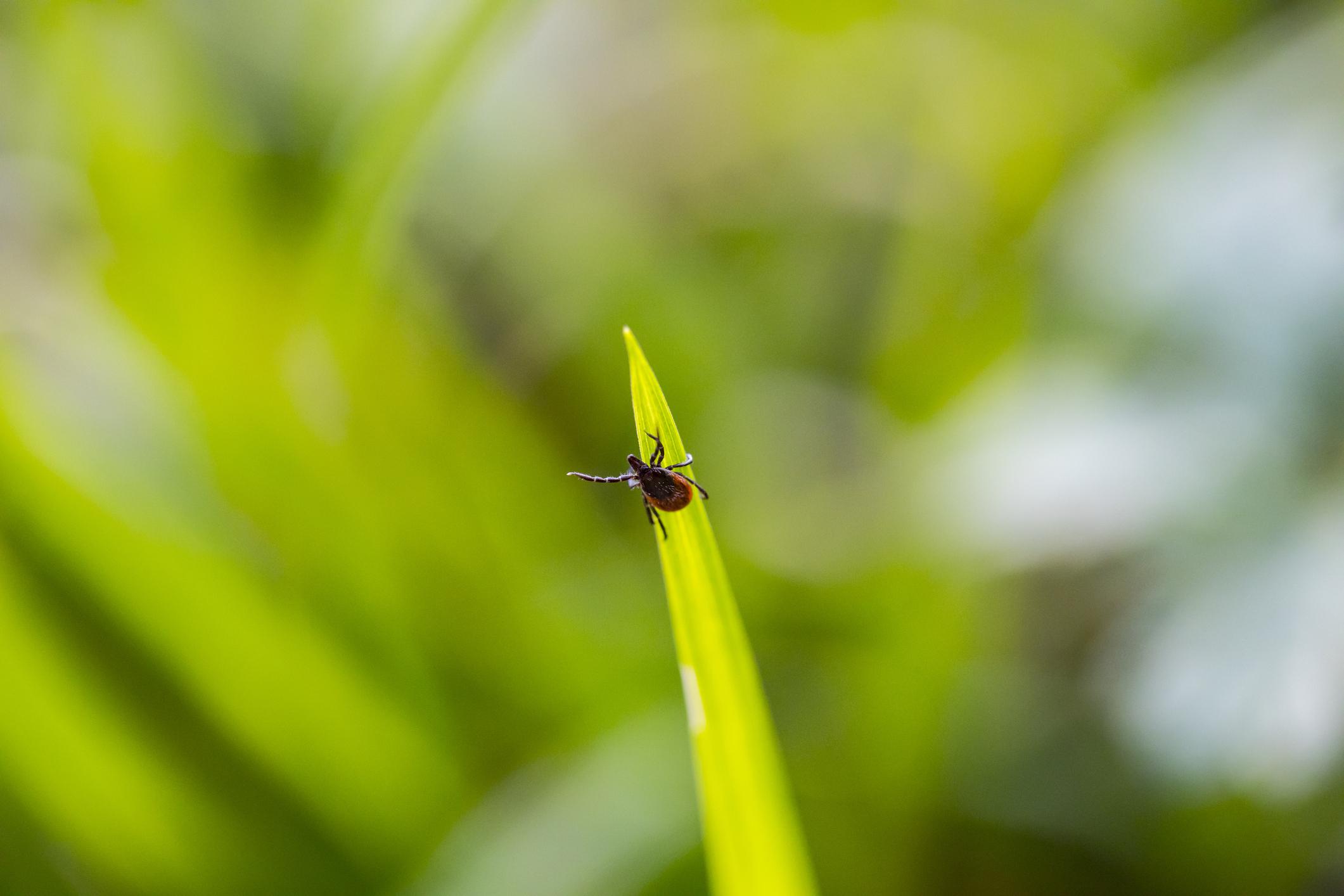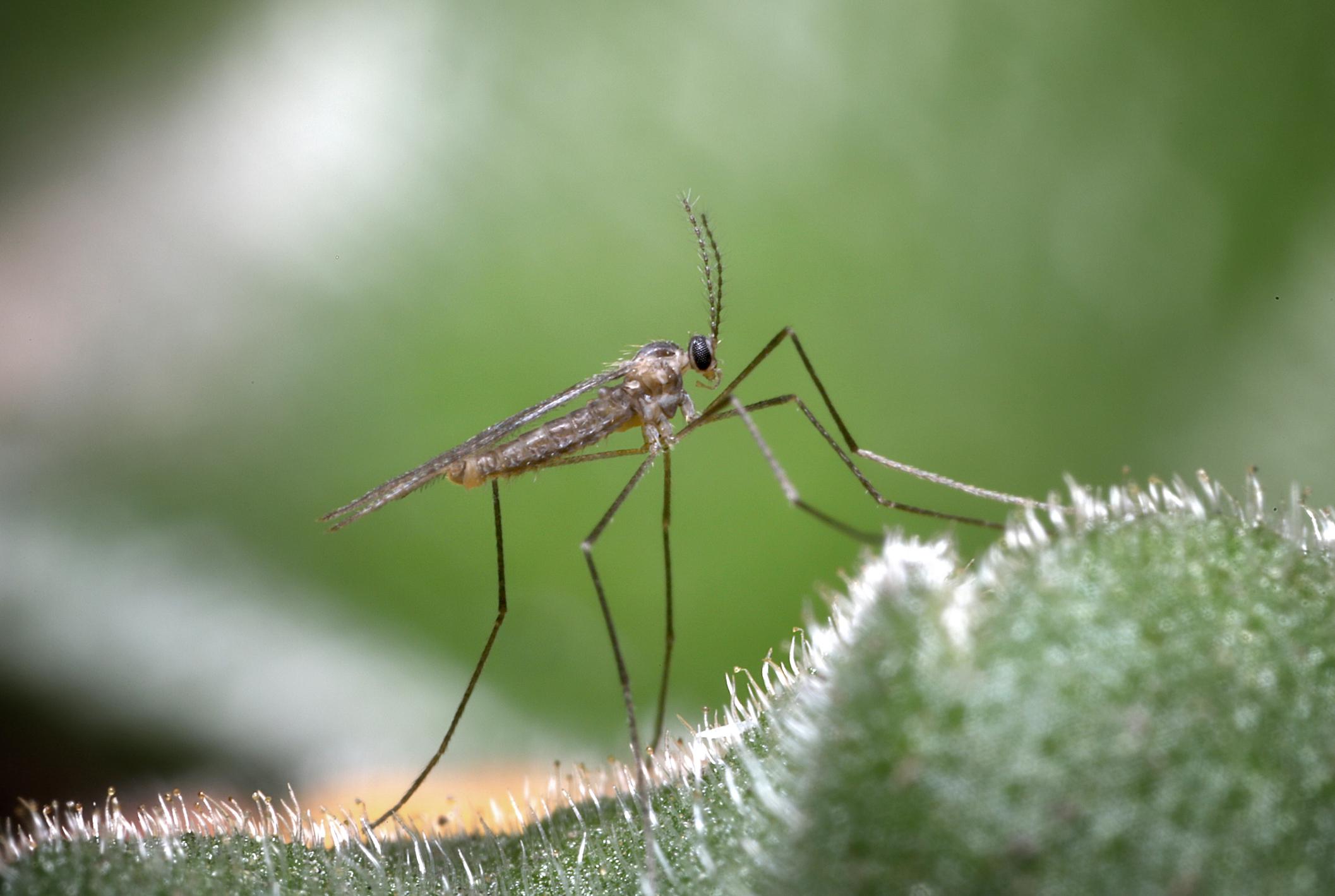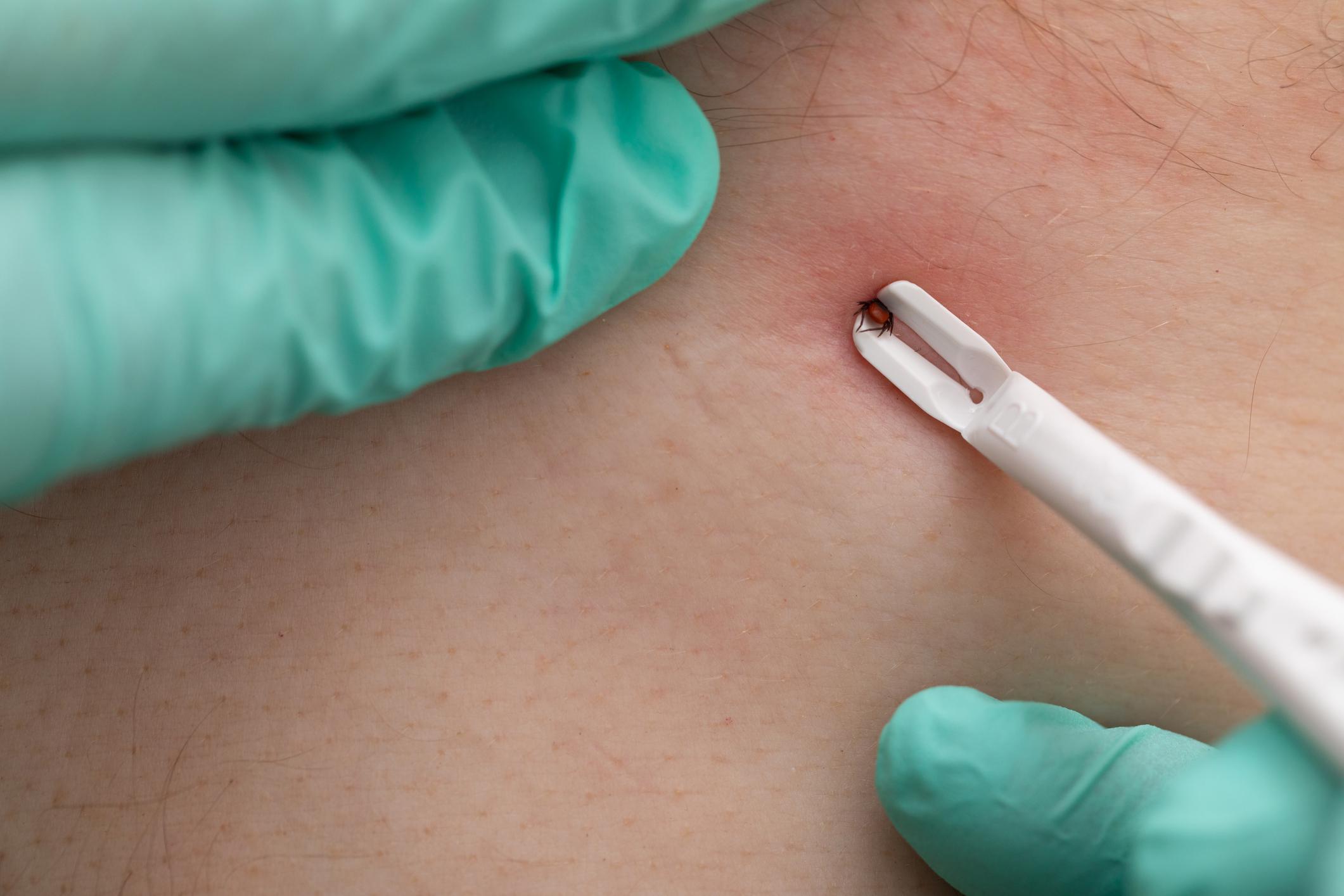Our Tick Tube Program Is the First Line of Defense Against Canine Lyme Disease
Posted by Mosquito Squad
August 16, 2012
Dog owners know better than anyone how bad the tick season has turned out to be this summer. Our furry friends love to spend time outdoors, and also love to stick their little wet noses into areas where ticks love to hang out. From exploring around rocks and debris piles to running through the woods, our dogs are ultimately the most vulnerable members of our families when it comes to picking up ticks. Our hot temperatures and abundant rainfall mixed with a milder than usual winter has made the tick population in the Columbia area soar. This combination paired with your dog’s curiosity can lead to your pet being at risk for contracting canine Lyme disease.
Man’s best friend can get Lyme disease just like we can. The disease is caused by a bacteria carried by a tick and can be spread to you and your pet from the bite of an infected tick. Lyme disease in dogs is sometimes mistaken for arthritis because two of the most common symptoms are painful joints and lameness. Some dogs that are infected with Lyme never show any symptoms at all, but others can become very sick from the disease. Severe cases of canine Lyme disease can lead to heart problems and kidney failure in your pet. Since the common “bulls eye” rash seen in a high percentage of human Lyme disease cases is not seen in dogs suffering from the disease, as pet owners we have to pay attention to the other warning signs that our dog may be sick. Common symptoms that should set off an early warning for dog owners are a low-grade fever, lack of appetite, swollen lymph nodes near the site of a tick bite, stiffness, difficulty breathing and sensitivity to touch. The first sign that something is wrong lies in checking your pet thoroughly to see if a tick is still attached in the fur. Longer hair breeds can have ticks attached that are often overlooked. Research indicates that younger dogs are more likely to contract Lyme than older dogs, and certain specific breeds seem to develop kidney disease as a result of Lyme disease more often than other breeds. These include Labrador Retrievers, Golden Retrievers and Bernese Mountain dogs.
The reason for the increase in the number of dogs contracting Lyme disease is because of our lifestyle changes. More people means a need for more housing, and in turn as a society we have begun to encroach into the habitat of the prime sources responsible for the spread of Lyme disease. Deer ticks as well as mice lie at the source of humans and pets becoming infected with the disease. And we now build communities closer to wooded areas and fields where the ticks and mice reside. The progression of Lyme disease acts as a chain, and each source and host act as a link of that chain with humans, dogs and other animals being the last link that completes the chain of disease. In order for the disease to come full circle and infect us, or our pets, each link has to fall into place.
The root of Lyme disease is the tick which feeds from the mouse carrying the bacterium that causes Lyme disease which is called Borrelia burgdorferi. The deer tick feeds from the mouse by becoming an uninvited guest within the nest of the mouse. The tick feeds from the mouse and in turn the tick in transported back to the nest of the mouse where it is in the opportune location to feed, mature and continue to perpetuate the cycle of disease. Once the tick has reached the nymph stage it is then ready to fall off the mouse and shed in order to mature to the next stage of development which is the adult stage. Nymph ticks are easily picked up by humans and dogs while outdoors. The nymph deer tick is so tiny it is hard to see, and often overlooked, especially within the coat of your dog. Once the tick has attached itself to its host it then feeds, the bacteria that causes Lyme is passed through the saliva of the tick.
Keeping your entire family safe from the risk of contracting Lyme is our goal. By breaking the chain of disease in interrupting the life cycle of the tick you can reduce your risk of you or your dog becoming infected with Lyme Disease. Tick control and prevention is crucial to keep your pet healthy and safe. We recommend taking control of your property by keeping grass trimmed and debris cleaned up to make your yard less hospitable for mice and ticks. Keep your dog on a regular routine of oral or topical tick preventative as suggested by your veterinarian, and have a tick control professional include a tick tube program at the appropriate times on your property.
Mosquito Squad of Columbia uses a highly effective tick tube program in conjunction with our barrier sprays to target all stages of the ticks’ life. Tick tubes work to eliminate the nymph tick before it has a chance to spread disease. Tick tubes are an innovative approach to tick control because they work in breaking the chain of potential disease. Tick tubes are small tubes that contain insecticide treated cotton. This cotton makes tempting bedding for mice to take from the cotton back to their nest. The treated cotton is safe for the mice, but deadly to the tick that is lurking within the mouse’s nest. Tick tubes are a win/win because the mouse gets a nice fluffy bed and the ticks perish. Studies have shown that utilizing a tick tube program reduces the risk of exposure to an infected tick by up to 97% on a treated property. In addition to the nymph tick, we also use a safe and effective barrier treatment to target adult ticks on your property. This tick-intensive program gives you your yard back and gives your entire family peace of mind.
Contact Mosquito Squad of Columbia to learn more about fighting the bite, and getting the upper hand on ticks this summer. In addition to tick control we also offer control and prevention of mosquitoes, fire ants, fleas, spiders and flies too.















